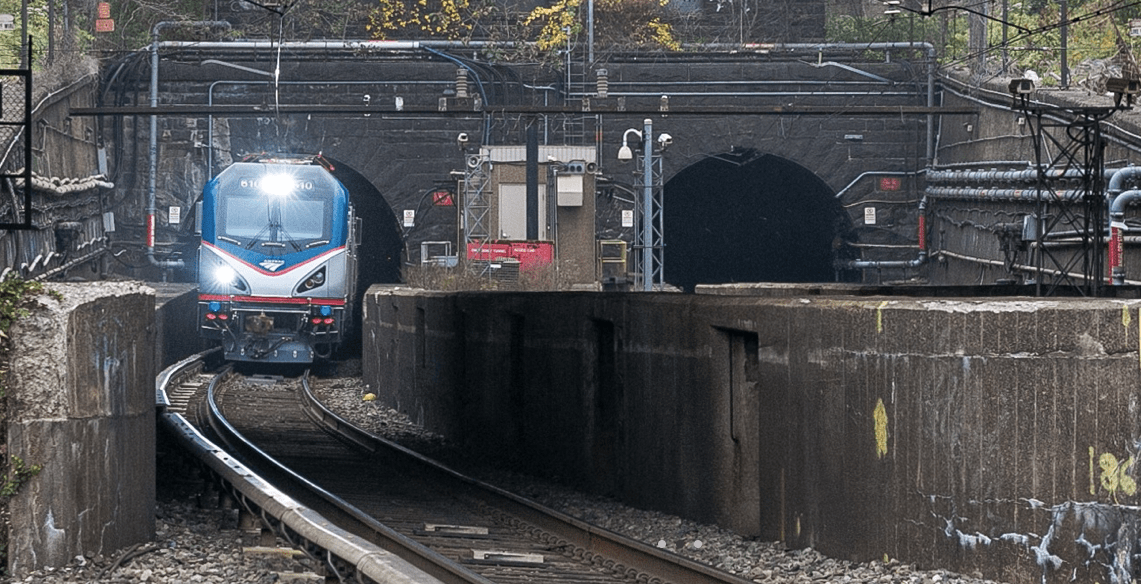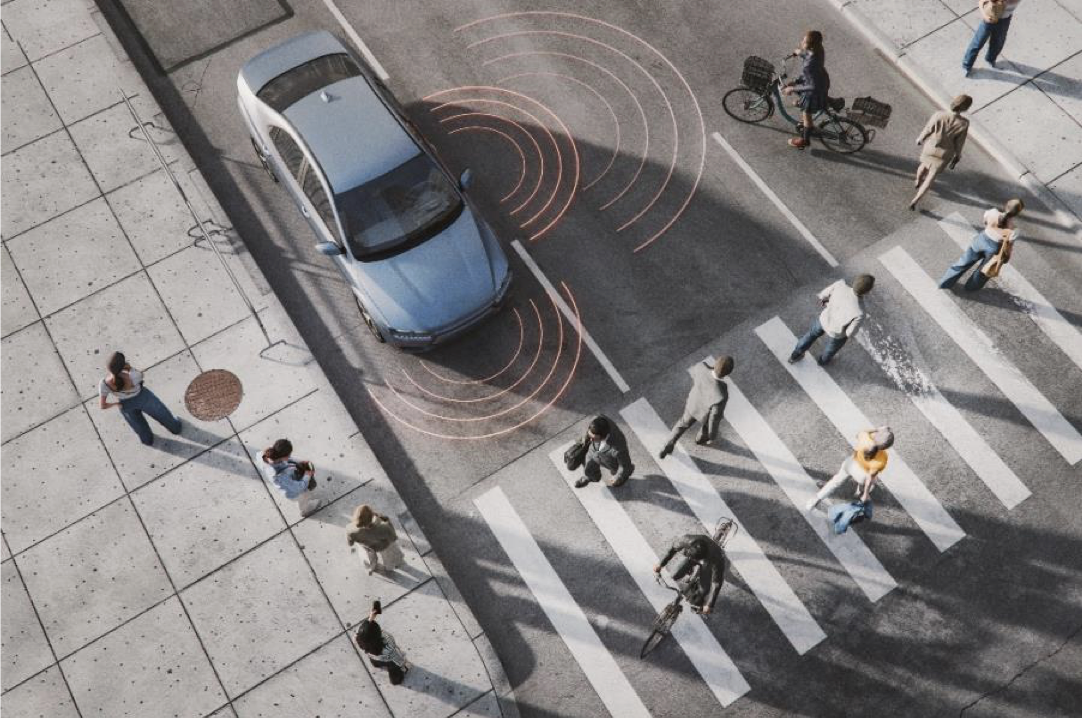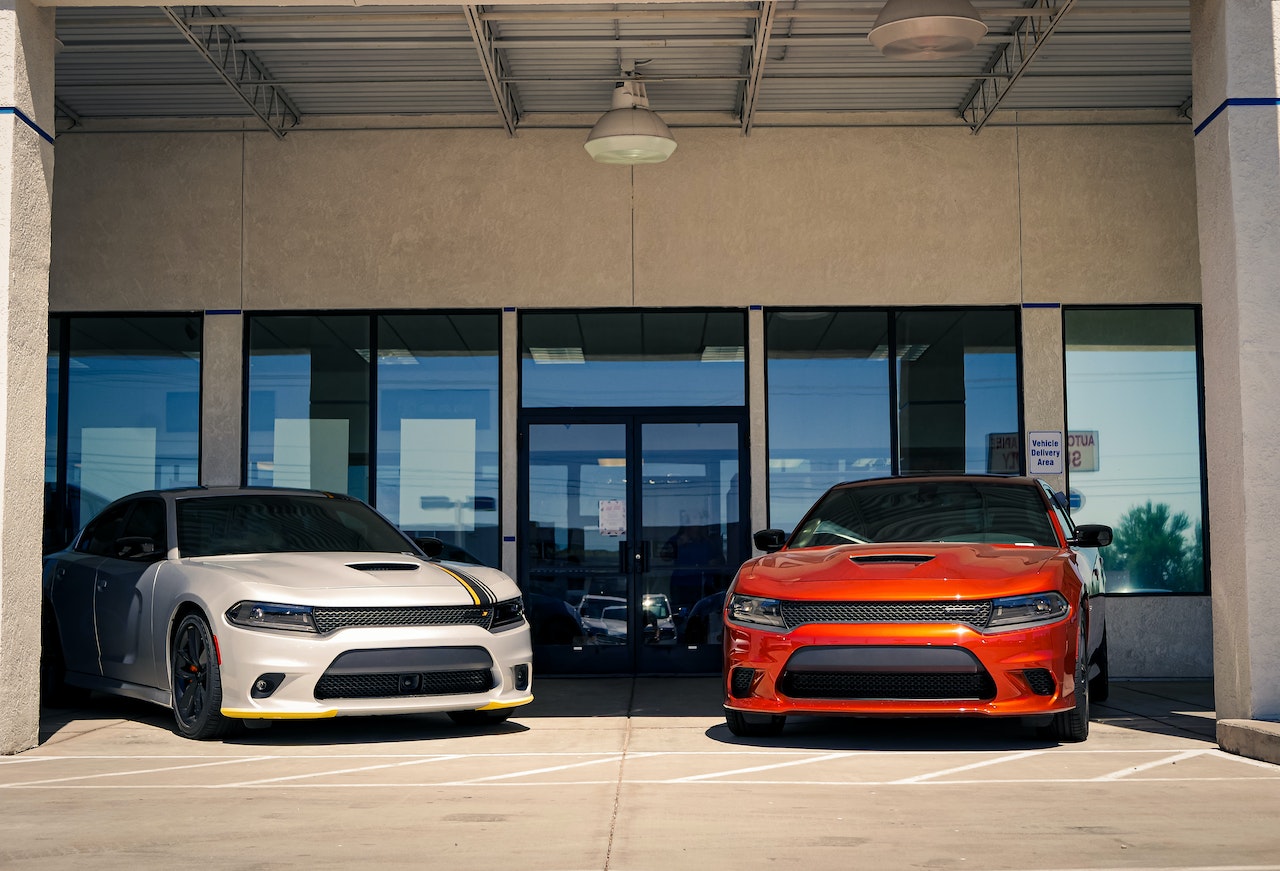Building America's Future is a kind of DreamWorks for the infrastructure set.
It's an organization put together by Govs. Ed Rendell (D-PA) and Arnold Schwarzenegger (R-CA) and New York City Mayor Michael Bloomberg -- men strongly committed to the idea that infrastructure investment is of critical importance for a nation's economic health, and should enjoy bipartisan support. A timely mission, given the deteriorating state of the country's infrastructure and economy, and the new threats posed by rising energy costs and global climate change.
The critical nature of the challenge was at front and center in a discussion held yesterday, co-hosted by BAF and the National Governors Association and featuring former legislators Dick Gephardt and Newt Gingrich as guest speakers.
Rendell and Bloomberg opened the session with a typical call to arms -- saying, simply, that we can wait no longer to act and invest boldly. Gephardt and Gingrich, by contrast, focused almost exclusively on the biggest challenge, and in many ways, the only one that matters: money, money, and money.
Both men are convinced that Americans can be persuaded to pay more for infrastructure investments provided that a few conditions are met. Namely, they'd need to be able to see progress (and quickly) and they'd have to feel confident that money wasn't being wasted through incompetence or political chicanery. The hard part is understanding how to get the government to satisfy these conditions.
The two men recommend simple (sounding) steps. The government should use a capital budget apart from the annual budget process (as do corporations), so that investments aren't counted in the same way as normal expenses. Mega-projects should be on the agenda -- surprisingly, to me at least, this came directly from arch-conservative Gingrich.
Big projects arouse public interest and pride, said the former Speaker, who had in mind for the country a basic rail network with trains traveling at 110 mph or more and a true high-speed, Mag-Lev, nationwide, best-in-the-world system on top of that.
Perhaps counter-intuitively, timid initial spending makes later spending more difficult, goes the thinking, by accomplishing too little to build corporate interest or public attention. Small things are easier to kill. Beyond that, proper incentive structures, decentralization of spending, and private sector involvement, among other things, should minimize waste and help to earn public confidence.
But that still leaves the question of where to find the necessary money. Both men indicated that user fees would have to enter the equation; Gephardt, in particular, singled out variable tolling as a necessary step. A gas tax increase, establishing a floor on the price at the pump, would help to fill out the coffers.
Both are good ideas, but difficult to implement in the real world. Under the best of circumstances, it would be a challenge to raise funds on this scale, however great the merits of the projects to be funded, and these are not the best of circumstances.
What's more, there is a chicken and egg problem to their strategy. Given public confidence in and excitement about spending, there will be a willingness to pay higher taxes. But spending at the appropriate scale can't be begun without a dedicated funding stream.
Given Congress' discomfort with the current deficit, it is impossible to move ambitiously without new taxes. And given the public's discomfort with Congress, it is impossible to get new taxes without some deficit-funded demonstration that the government can handle big investments wisely.
Which is why both Congress and the White House are moving forward cautiously on transportation investment -- there is no other option. As significant a change in direction as the Oberstar bill is, it isn't a revolution. It amends the previous order, but does not at all overthrow it. And the administration? Well, a two-year delay is just about the opposite of a bold push for action.
When one is in a shallow hole, one can escape with a single great leap. But when one is in a deep hole, one can only get out by scratching and clawing.





